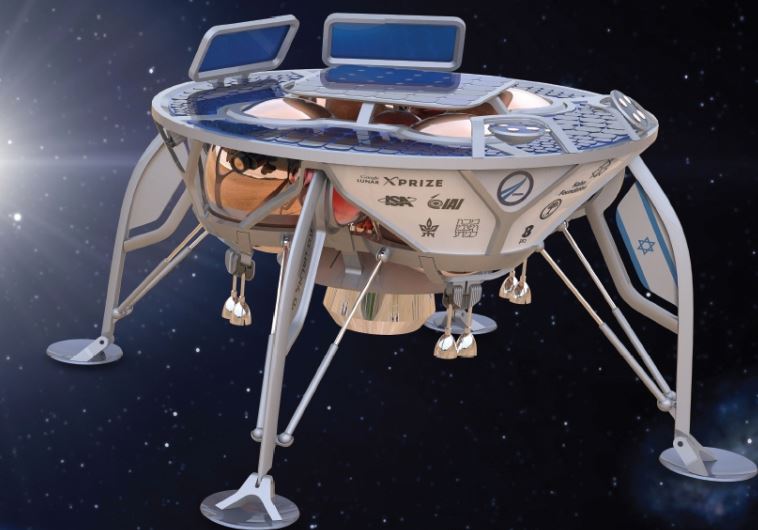A little Israeli robot on the moon that could inspire others
The vision of SpaceIL is to use the contest to inspire more young Israelis to study science, technology, engineering and math.
 A simulation of the SpaceIL robot about to land on the moon(photo credit: COURTESY SPACEIL)Updated:
A simulation of the SpaceIL robot about to land on the moon(photo credit: COURTESY SPACEIL)Updated: